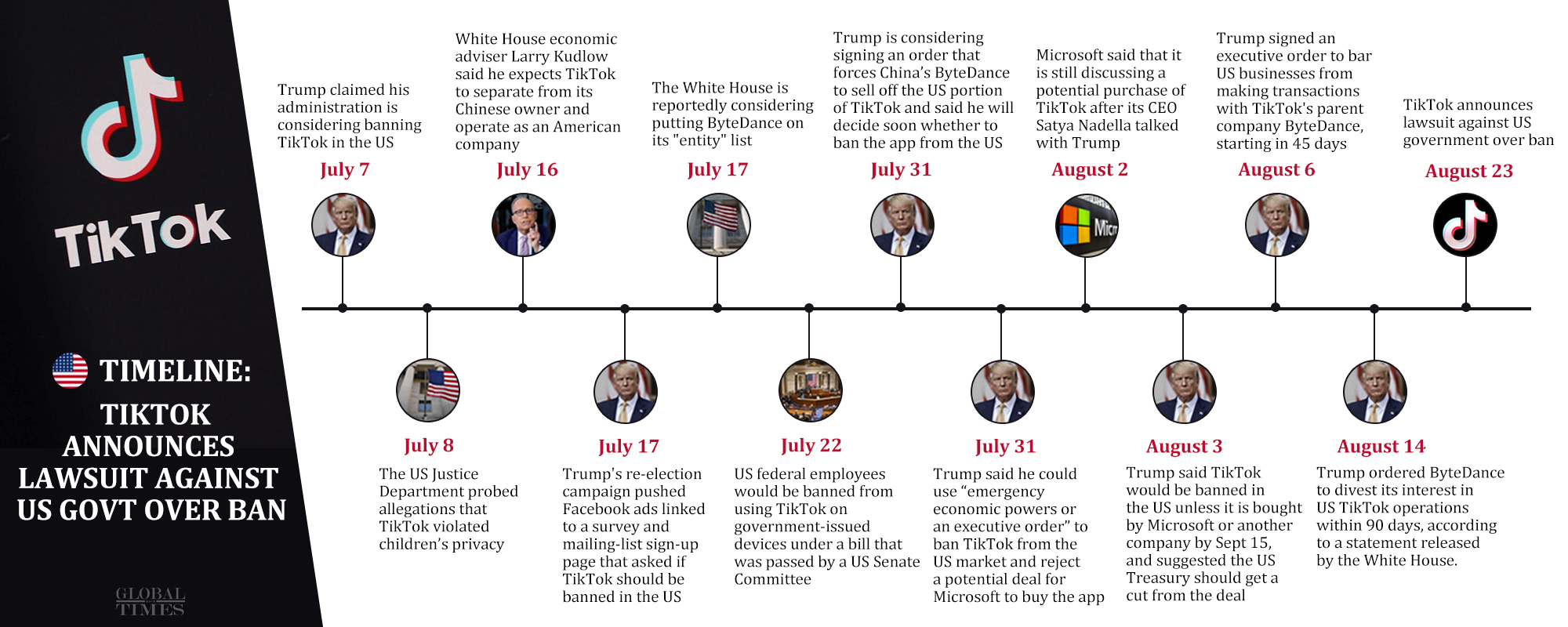
Blake has eight bullet holes in his body and is currently paralyzed from the waist down. Doctors are not yet sure if the paralysis is permanent.


Blake has eight bullet holes in his body and is currently paralyzed from the waist down. Doctors are not yet sure if the paralysis is permanent.

According to Nie Wenbin, manager of 中车株洲电力机车有限公司 urban rail system research and development department of CNR Zhuzhou, this high-energy super-capacitor tram will be used in the rapid transit system of Kunming Changshui International Airport, using three groups of 60,000 fara high-energy supercapacitor power supply. 7 modules (i.e. 7 cars) with a maximum capacity of 500 passengers, can be recharged within 30 seconds of passengers loading and unloading, and run 5 km at a maximum speed of 70 km per hour.


China successfully sent the Gaofen-9 05 高分九号05 – a high resolution Earth observation satellite – into planned orbit via a Long March-2D carrier rocket from the Jiuquan Satellite Launch Center in Northwest China’s Gansu Province on Sunday morning at around 10:30 am.
The Gaofen-9 05 is an optical remote-sensing satellite that is capable of providing photographs with a resolution of less than a meter.
It will be used for land surveys, urban planning, road network design, agriculture and disaster relief, and support the construction of the China-proposed Belt and Road Initiative, the Global Times learned from China’s space authorities.
A multi-functional experiment satellite that was developed by China’s People’s Liberation Army (PLA) Academy of Military Sciences, and Tiantuo-5, a spacecraft developed by the National University of Defense Technology, were also launched during the mission.
The multi-functional experiment satellite will carry out work in a series of new fields in orbit ranging from communication to navigation. Tiantuo-5 will be used to verify in-orbit information collection capabilities from ships, spacecraft and Internet of Things.


This is the second litigation announced against the Trump administration in a week.


By chance, he saw a map of the bus route from Guangzhou to Shanghai, gave him the idea to travel by public transit.
The total distance from Guangzhou to Shanghai is 1,922 km. He brought only one bag on this trip.
On August 7, Tian Xiaolang departed from Jiangmen, Guangdong. For ten days, he’s been through 600 or 700 bus stops. He has just arrived in Zhangzhou, Fujian province.
Tian Xiaolang said. At the most, it was an 8-hour ride a day. Spending an average of no more than ¥ 150 per day. It’s cost about ¥2,000 so far.

“The new chief executive of VOA’s parent agency, a Trump appointee named Michael Pack, has stopped renewing visas, leaving 76 VOA employees like Segovia facing imminent removal — and undermining the agency’s ability to deliver news to non-English-speaking audiences around the world, staffers argue. Pack hasn’t said why.” —

Associated Press report yesterday gave new information that 16 VOA foreign correspondents, mainly from China and Indonesia, will be forced to return to their home countries in the next few weeks if they don’t get their visas renewed or extended. Associated Press doesn’t think they’ll have an easy time of it on their return, given their sensitive status as working for the U.S. government’s mouthpiece.


1937年淞沪会战的最后一役,“八百壮士”奉命坚守上海四行仓库,以少敌多顽强抵抗四天四夜。


The new visa arrangements mean that up to 10,000 Hong Kong passport holders in Australia will be able to extend their stay for five years, at the end of which they will be granted permanent residency in Australia after passing relevant character, security and health checks. Under the new visa policy announced by the Australian Government, HKSAR passport holders holding Temporary Graduate Visas or Temporary Skilled Shortage Visas will have their visas automatically extended for five years.
Following the enactment of Hong Kong’s National Security Law, Australian Prime Minister Scott Morrison announced on July 9 that he would extend the visa period for Hong Kong residents and provide a pathway to apply for permanent residence.
According to ABC, there are currently nearly 10,000 Hong Kong citizens in Australia on temporary work visas, post-graduation temporary visas and student visas, and another 2,500 Hong Kong people outside Australia on these visas.

